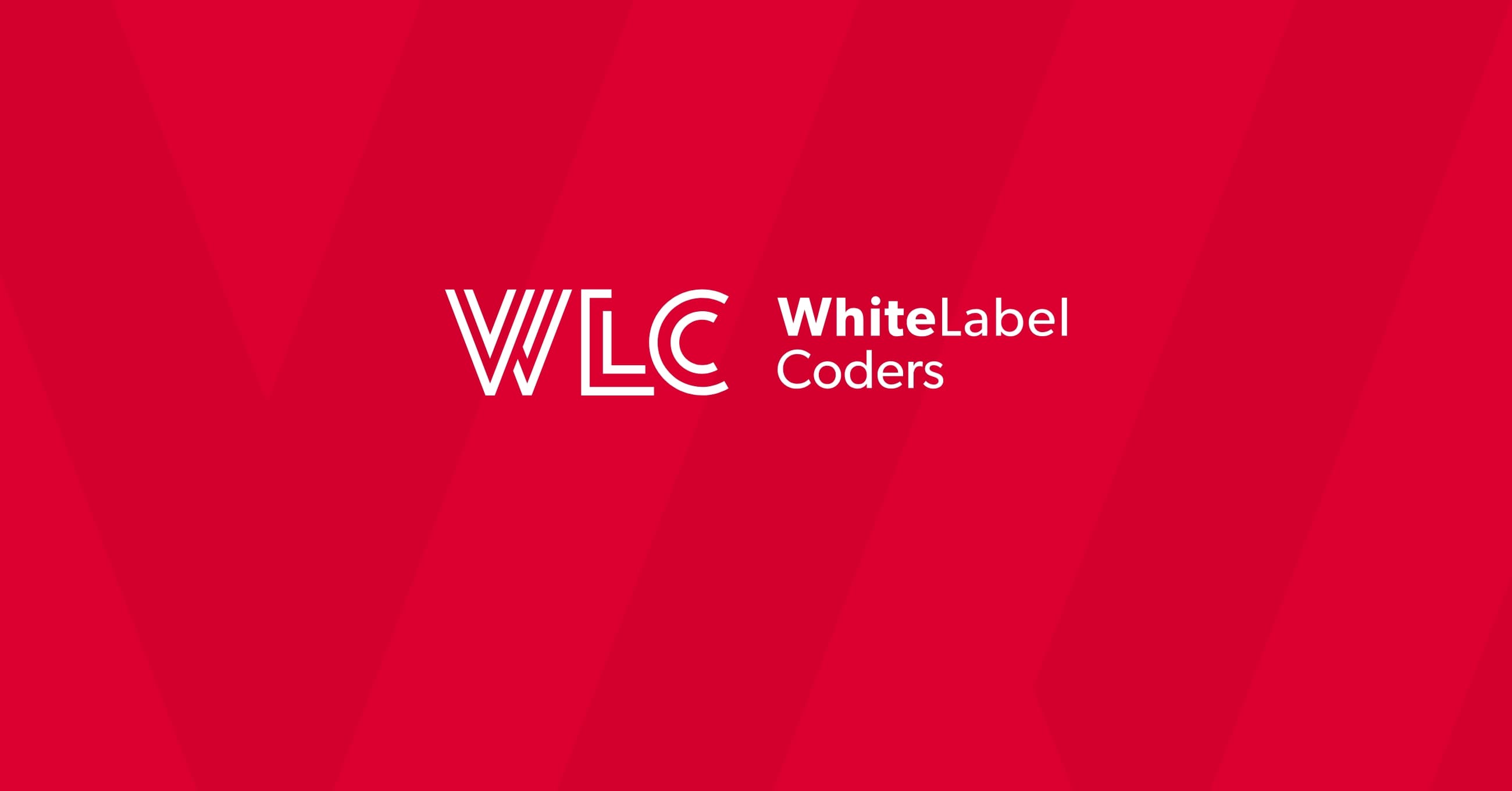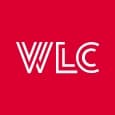Category: WooCommerce
What is the fastest WooCommerce template?

In the fast-paced world of online retail, every second counts. When potential customers visit your WooCommerce store, the loading speed can make or break their shopping experience. Did you know that a delay of just one second can reduce conversions by up to 7%? That’s why choosing the right template for your WooCommerce store isn’t just about aesthetics—it’s about performance that directly impacts your bottom line.
Whether you’re launching a new online store or looking to revamp an existing one, understanding which WooCommerce templates deliver the best speed performance is crucial for success. Let’s explore what makes certain templates faster than others, and how you can select and optimize the perfect template for your business needs.
Understanding WooCommerce templates and speed importance
WooCommerce templates (often called themes) provide the visual framework and functionality for your online store. They determine not only how your store looks but also how it performs under various conditions. Think of them as the architectural blueprint for your digital storefront.
Why should speed be a top priority when selecting a template? The answer is threefold:
Customer experience and conversion impact
Modern shoppers expect instant gratification. When they click on a product, they want information immediately. A slow-loading store creates friction in the buying process, leading to abandoned carts and lost revenue. Have you ever left a website because it took too long to load? Your customers feel the same way.
Search engine visibility
Google and other search engines factor page speed into their ranking algorithms. Faster stores tend to rank higher in search results, bringing more organic traffic to your business. This is particularly important in competitive markets where even small advantages can make a significant difference.
Mobile performance
With more than half of all e-commerce traffic coming from mobile devices, your template must load quickly on smartphones and tablets, often on slower connections. Mobile users are especially sensitive to loading delays.
Speed isn’t just a technical metric—it’s a fundamental aspect of your customer’s shopping experience that directly influences their decision to purchase from you or go elsewhere.
What factors determine a WooCommerce template’s speed?
Several technical elements work together to determine how quickly your WooCommerce store loads. Understanding these factors helps you make an informed decision when selecting a template.
| Speed Factor | Description | Impact Level |
|---|---|---|
| Code Quality | Clean, optimized code with minimal redundancies | High |
| File Size | Smaller file sizes lead to faster loading times | High |
| HTTP Requests | Fewer server requests reduce loading time | High |
| Image Handling | Efficient image loading and optimization capabilities | Medium |
| CSS/JS Management | How style sheets and scripts are loaded and processed | Medium |
| Caching Compatibility | Built-in caching or compatibility with caching plugins | Medium |
The interplay between template architecture and loading speed
The way these factors interact creates either a smooth, fast experience or a sluggish one. For instance, a visually stunning template with heavy animations and large images might look impressive in demos but could perform poorly in real-world scenarios if not properly optimized.
Templates built with WooCommerce development best practices in mind take a holistic approach to speed, balancing necessary functionality with performance optimization. They employ techniques like lazy loading (loading images only as the user scrolls to them), efficient database queries, and minimal use of external resources.
Top-performing WooCommerce templates for speed
While specific performance can vary based on implementation, certain types of WooCommerce templates consistently outperform others in terms of loading speed.
Lightweight, minimalist templates
Templates that prioritize essential functionality over flashy features typically load faster. These templates focus on clean design principles with streamlined code and minimal dependencies. They’re particularly well-suited for stores with a focused product range that don’t require complex filtering or categorization systems.
Developer-optimized frameworks
Some templates are specifically built for developers with speed as a primary concern. These frameworks provide a solid foundation that can be customized while maintaining excellent performance characteristics. They often include built-in optimization tools and are regularly updated to incorporate the latest performance best practices.
Block-based templates
The newer generation of block-based templates built for the WordPress block editor (Gutenberg) can offer speed advantages when properly implemented. They allow for more precise loading of only the components needed for each page, rather than loading all possible template elements.
When exploring these options, look for templates that specifically mention speed optimization in their feature set. The best performers will highlight their lightweight nature, optimized code structure, and compatibility with popular speed optimization plugins.
How to evaluate a WooCommerce template’s speed potential
Before investing in a template, take time to assess its speed capabilities using these practical strategies:
Technical specifications review
Examine the template documentation for clues about performance features:
- Check if it mentions being “lightweight” or “speed-optimized”
- Look for information about HTTP request minimization
- Review if it uses modern loading techniques like lazy loading
- Check if CSS and JavaScript files are minified and combined
Demo performance testing
Most premium templates offer live demos. Use these to evaluate performance:
- Run the demo through Google PageSpeed Insights or similar tools
- Test the mobile version specifically
- Check how quickly product pages and category pages load
Compatibility with optimization plugins
A good template should work seamlessly with popular optimization plugins. Check if the template documentation mentions compatibility with:
- Caching plugins
- Image optimization tools
- Minification plugins
Remember that even templates marketed as “fast” require proper implementation and optimization to achieve their full speed potential. A template is only as fast as the way it’s configured and the hosting environment it runs on.
Optimizing any WooCommerce template for maximum speed
Even if you don’t have the fastest template, you can significantly improve performance with these optimization techniques:
Quality hosting foundation
The foundation of a fast WooCommerce store is quality hosting. Invest in WooCommerce-specific hosting with server-side caching, adequate resources, and ideally PHP 7.4 or newer. A good host can compensate for some template inefficiencies.
Image optimization
Images are often the heaviest elements on an e-commerce site. Implement:
- Proper image sizing (never upload larger than needed)
- Modern formats like WebP where supported
- Compression to reduce file size without visible quality loss
- Lazy loading to defer off-screen images
Implementing effective caching
Caching creates static versions of your dynamic store pages, dramatically reducing loading times for repeat visitors:
- Browser caching to store common files locally in the user’s browser
- Page caching for non-personalized content
- Object caching to reduce database queries
When implementing WooCommerce development strategies for speed, remember that some sections (like cart and checkout) should not be cached as they contain user-specific information.
Code optimization
Clean up your template’s code by:
- Removing unnecessary plugins that add bloat
- Minifying CSS and JavaScript files
- Deferring non-critical JavaScript
- Combining files to reduce HTTP requests
These optimization techniques can transform even an average-speed template into a high-performing storefront that delivers excellent user experiences.
Key takeaways: choosing the fastest WooCommerce experience
Selecting the fastest WooCommerce template is about finding the right balance between functionality, design, and performance. Here’s what to remember:
| Decision Factor | Recommendation |
|---|---|
| Template Selection | Prioritize lightweight, developer-focused templates with minimal bloat |
| Evaluation Process | Test demos, review technical specifications, check optimization compatibility |
| Optimization Strategy | Implement hosting, image, caching, and code optimizations regardless of template |
| Balance Considerations | Find the right mix of features and speed for your specific business needs |
Remember that the fastest template isn’t necessarily the best for your specific business. Your choice should be guided by your unique requirements, target audience, and product range. A template that perfectly balances speed with the functionality you need will serve you better than one that’s blazing fast but lacks essential features.
At White Label Coders, we understand that every online store has unique requirements. Our experienced team can help you select, customize, and optimize the perfect WooCommerce template for your business, ensuring your store not only looks great but performs exceptionally well.
The quest for speed is never completely finished—it’s an ongoing process of refinement and optimization. As your store grows, regularly revisit your performance metrics and make adjustments to ensure your WooCommerce store continues to provide the fastest possible experience for your customers.

